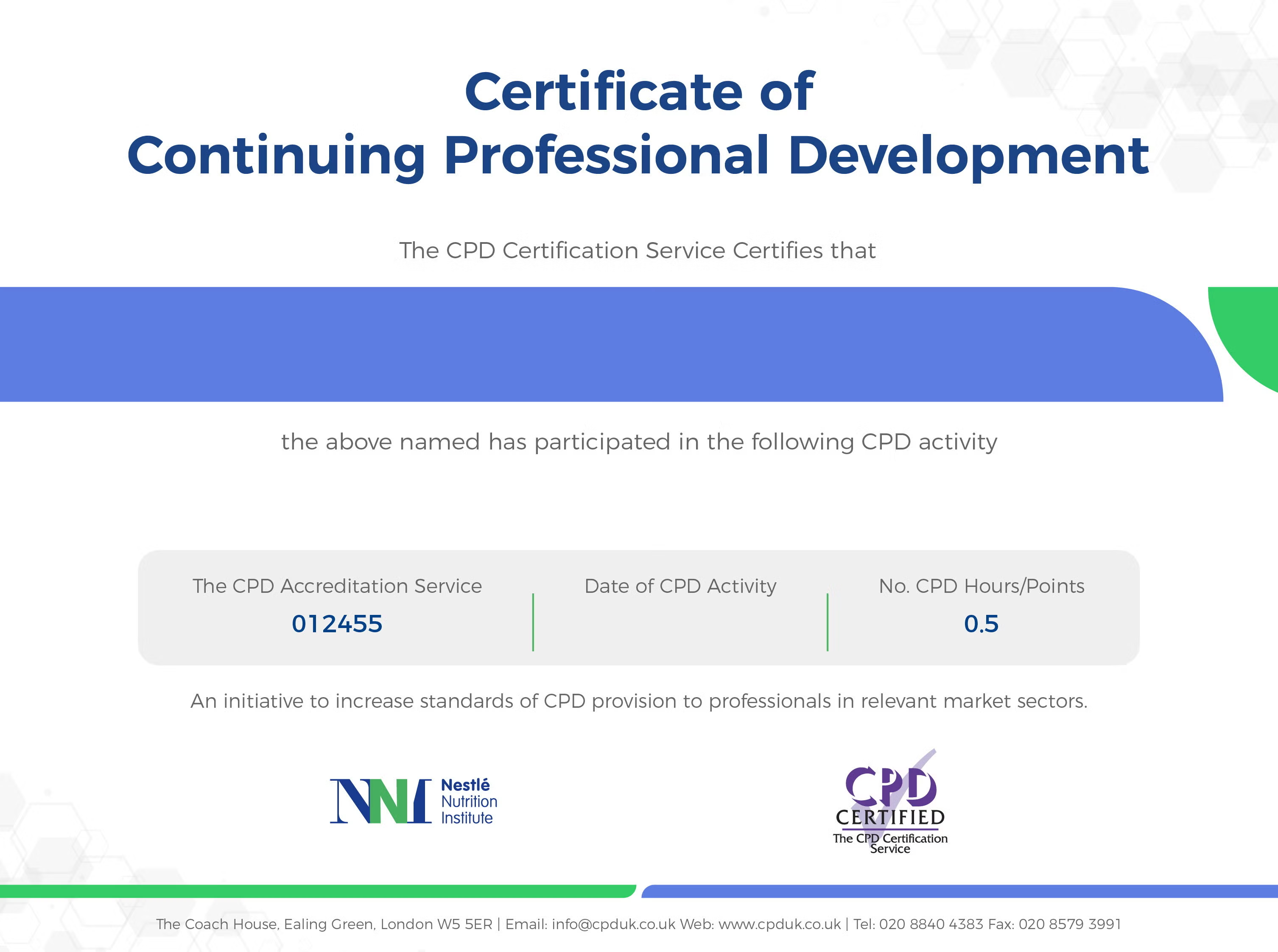Human Milk Oligosaccharides (HMO) Academy Tutorials
What is the program about?
Human Milk Oligosaccharides (HMOs) are an exciting and central area of research in infant nutrition. Scientific advances on HMOs are helping to better understand the role and importance of these essential components of Human milk...
Some of the topics included are in this program are: HMOs’ basic science and physiological significance; HMOs effects on microbiota and beyond; the role of HMOs’ on prevention of infections and necrotizing enterocolitis; and HMOs clinical evidence. The program consists in 5 modules, each of them divided in 2 parts. Each module takes between 45-65 minutes to complete and contains objectives, course material, transcript, quizzes and references.
Why this program will benefit you?
While there are a number of publications and resources available on HMOs, busy physicians and other healthcare professionals often find it difficult to devote enough time to researching and keeping updated on scientific advances on this field...
The HMO tutorials Program has collated the latest science and research on HMOs. It aims to support the learning of HMOs in an easy and interactive way to all healthcare professionals working in infant nutrition area. The Program can be completed at your own pace, and is available across devices. Together, we can help enhance the quality of feeding for healthy infants.
HMO Tutorials - CPD UK Certified
The HMO Tutorials are certified by Continuing Professional Development (CPD) certification service in United Kingdom. The program contains 5 modules, each of them provides in 1 CPD credit point (5 CPD points in total).


- 5 Modules of Content
- 5 Hours of Learning
- 5 CPD Credits in Total
- Digital CPD Certificate on Completion
- Accredited by The CPD Certification Service (UK)
Disclaimer
The HMO Academy Tutorials were developed by Nestlé Nutrition Institute (NNI). This program is hosted, accessed, and managed through Indegene. If you have any technical issues with the course or relating to obtaining your certificate, please contact the NNI Global team at: nni@nestle.com
Select a module below to begin

What are Human Milk Oligosaccharides (HMOs) and why are they important?
This tutorial focusses on the unique composition of oligosaccharides in human breast milk and how they support infants’ immunity.
After the completion of this tutorial, you should be able to:
- Appraise the role of human breast milk in protecting the infant.
- Recognize the unique HMO composition of human breast milk.
- Describe 4 ways by which HMOs can support immunity.
What Factors influence Oligosaccharides in Human Breast Milk?
This tutorial will provide an overview of the factors influencing the quantity and quality of human milk oligosaccharides (HMOs) in human breast milk and discuss the basic metabolism of HMOs.
After the completion of this tutorial, you should be able to:
- Understand the factors influencing the quantity and quality of human milk oligosaccharides (HMOs).
- Understand the basic metabolism of HMOs.

Role of HMOs in promoting the Growth of beneficial Bacteria
This tutorial will provide an understanding of the role of gut microbiota in infants’ health and review the key research findings on the role of human milk oligosaccharides (HMOs) in nurturing bifidobacteria in breastfed infants.
After the completion of this tutorial, you should be able to:
- Describe the role of gut microbiota in infants’ health.
- Appraise the key research findings on the role of HMOs in supporting healthy gut microbiota in breastfed infants.
Immune Modulation and further systemic Effects of Human Milk Oligosaccharides
This tutorial provides an overview of the systemic effects of HMOs and reviews the key research findings on the systemic benefits of HMOs.
After the completion of this tutorial, you should be able to:
- Recognize the systemic effects of human milk oligosaccharides.
- Comprehend the key research findings on immune modulation of human milk oligosaccharides, particularly 2-fucosyllactose and lacto‐N‐neotetraose.

Protective benefits of HMOs against infections
This tutorial reviews the role of gut microbiota in immune health of infants and the recent evidence on the role of HMOs in protection against infections.
After the completion of this tutorial, you should be able to:
- Describe the unique role of the gut barrier function in the immune health of infants
- Comprehend the recent evidence on the role of HMOs in the protection of infants against infections
Role of Human Milk Oligosaccharides in Necrotising Enterocolitis
This tutorial discusses the role of human milk oligosaccharides in necrotising enterocolitis.
At the end of this tutorial, the learners will be able to:
- Understand the development of NEC and its risk in preterm infants
- Identify the beneficial effects of HMOs in providing protection against NEC based on preclinical and mother-infant cohort studies

What do HMOs do, especially 2′FL and LNnT?
This tutorial will provide an overview of the most researched HMOs and the functional benefits of HMOs on the health of breastfed infants.
After the completion of this tutorial, learners should be able to:
- List the most researched HMOs and their known functional benefits.
- Identify the role of HMOs in supporting immune health and other important effects on an infant’s health
How do Galacto-Oligosaccharides/Fructo-Oligosaccharides (GOS/FOS) differ from Human Milk Oligosaccharides (HMOs)?
This tutorial provides an insight about how non-human oligosaccharides like galacto-oligosaccharides (GOS) and fructo-oligosaccharides (FOS), which are currently used in some infant formulae, differ from HMOs and discusses the advantages of HMOs over GOS and FOS.
After the completion of this tutorial, learners should be able to:
- Discuss the structural differences between HMOs and non-human oligosaccharides of plant or animal origin (e.g., GOS and FOS).
- Identify the advantages of HMOs over GOS and FOS.

Addition of Human Milk Oligosaccharide-2′-fucosyllactose to infant Formulae
This tutorial discusses the safety and current regulatory perspectives of the addition of the HMO-2’FL to infant formulae and supporting evidence on the prospective immune benefits.
After completing this tutorial, the learners should be able to:
- Understand the safety and current regulatory perspectives of the addition of the HMO-2'FL to infant formulae.
- Deduce the prospective immune benefits of supplementing infant formulae with HMO-2'FL.
Addition of HMOs-2′FL and LNnT to Infant Formula: a promising new Approach
This tutorial helps provide the rationale behind adding HMOs to infant formula and introduce the first industrially produced HMOs.
After completing this tutorial, learners should be able to:
- Recognize the immune benefits and safety of supplementing infant formulae with the HMOs-2′FL and LNnT.
- Discuss the approved safety evaluation of 2’FL and LNnT for the use in infant formulae.